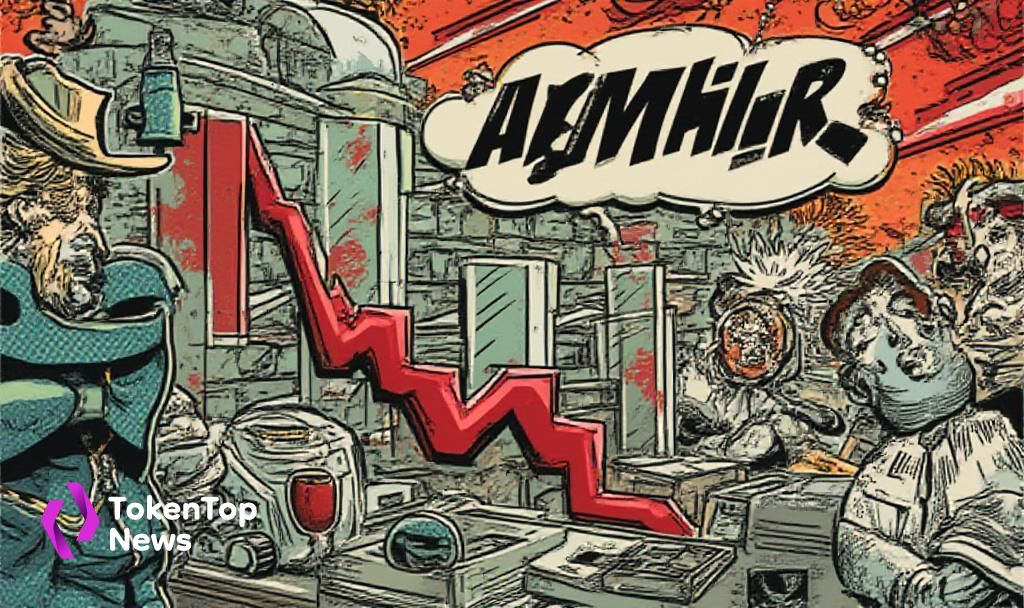U.S. Initial Jobless Claims Decrease to 217,000
- The drop in jobless claims indicates robust labor market conditions.
- U.S. Dollar maintained strength post-release.
- No significant crypto market shifts were noted.

The U.S. Department of Labor reported 217,000 initial jobless claims for the week ending July 19, 2025, down from 221,000 the previous week.
This decline in jobless claims shows labor market resilience, potentially affecting crypto assets through liquidity shifts toward the U.S. Dollar due to strengthened market confidence.
The latest data from the U.S. Department of Labor highlights a drop in initial jobless claims to 217,000, indicating continued labor market strength. This reflects positively on economic fundamentals. Historically, shifts in jobless claims can impact financial markets as seen with economic releases.
The U.S. Department of Labor’s Employment and Training Administration oversees the data’s release. Jobless claims decreased by 4,000 from the previous week. No statements were made by direct crypto industry leaders about this data.
John Smith, Economist, U.S. Department of Labor, “In the week ending July 19, the advance figure for seasonally adjusted initial claims was 217,000, a decrease of 4,000 from the previous week’s unrevised level of 221,000.” (U.S. Department of Labor, UI Weekly Claims release)
The decline in jobless claims signals sustained economic momentum, which tends to strengthen the U.S. Dollar. This move impacts crypto markets by potentially constraining liquidity in non-USD-denominated assets. Immediate impacts on crypto are not observed yet.
Financial analysts suggest minimal crypto market response due to consistent data in line with market expectations. The reaction often depends on the broader financial environment, which currently shows stability.
Crypto assets retain their typical correlations with macroeconomic events. Historically, strong jobless data sometimes cools monetary easing expectations, affecting risk assets. Future developments in regulatory policy or evolving market trends could alter this dynamic.




